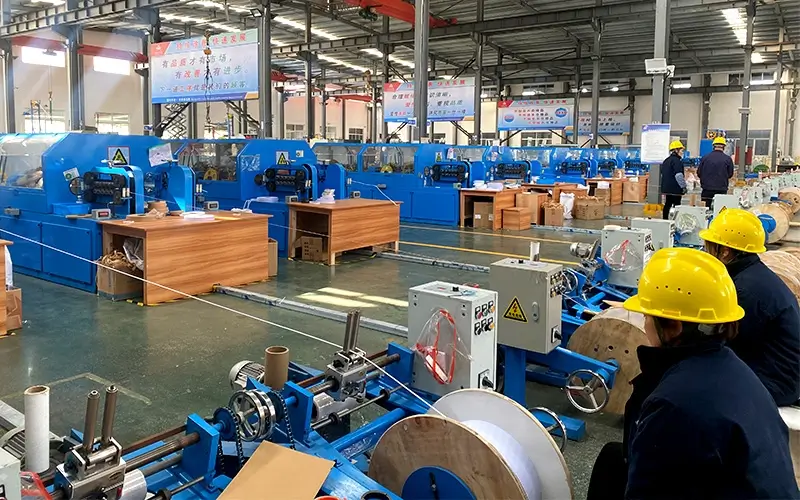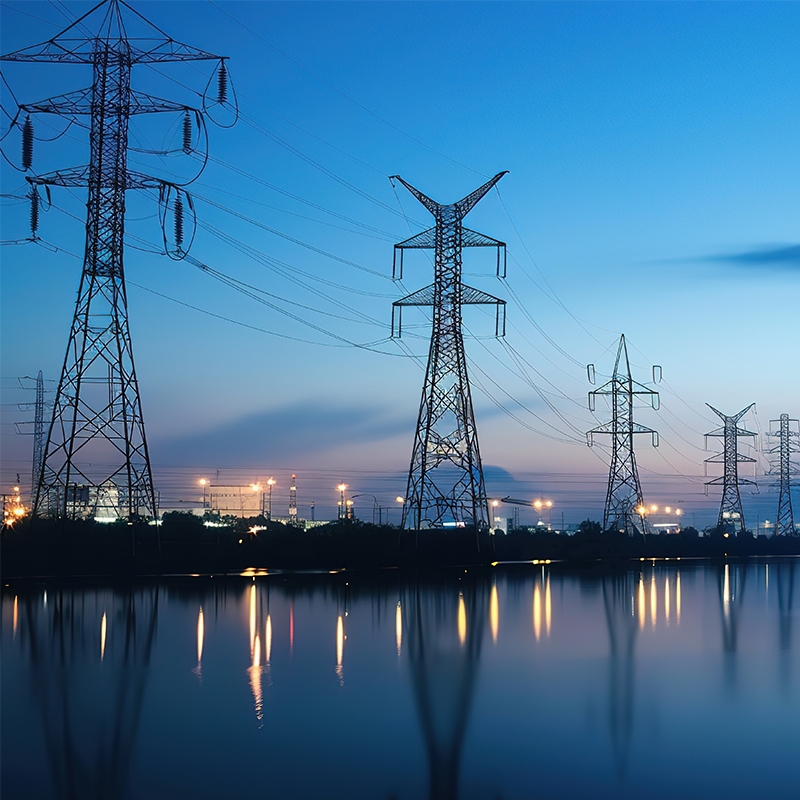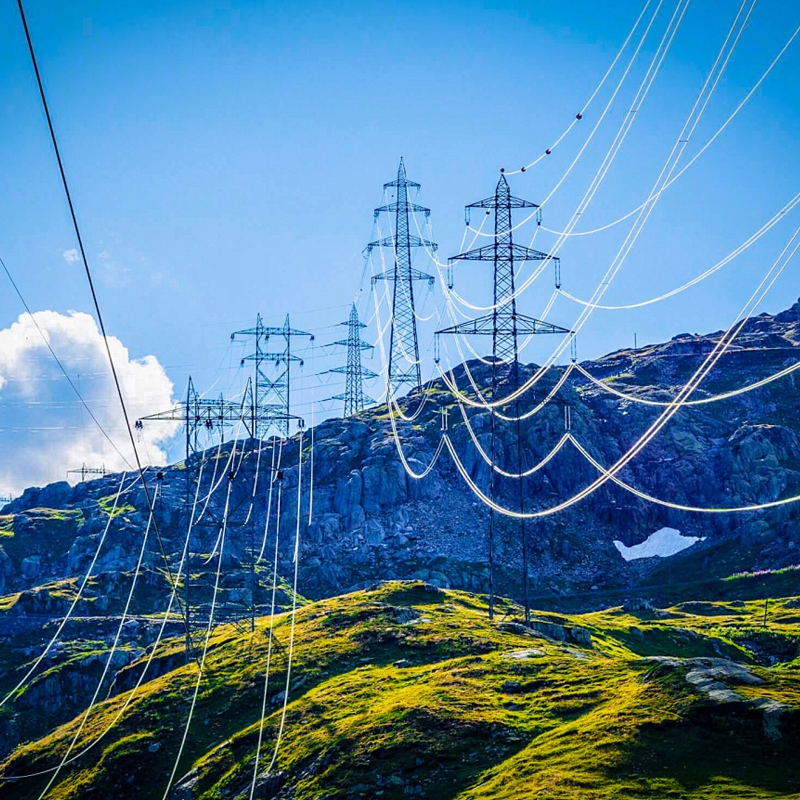Analysis of the sales prospects and favorable policies for the development of voltage stabilizers
With the advent of a new round of power investment boom, power transmission and transformation equipment manufacturing companies will be in full load in the next few years, presenting a situation of booming production and sales. As an important branch of the power transmission and distribution industry, the voltage regulator manufacturing industry is even more prosperous. Due to the implementation of China's west-to-east power transmission, north-south mutual supply, and national networking, the demand for voltage regulators will continue to maintain a steady growth trend.
IHSiSuppli's research shows that the growth rate of voltage regulators will continue to be faster than the overall analog integrated circuit (IC) market and semiconductor market, with a compound annual growth rate of 16.0% from 2009 to 2015.
In contrast, the compound annual growth rates of the overall analog IC market and the overall semiconductor market during the same period were 11.9% and 6.3%, respectively. Voltage regulators are a fast-growing market, with sales expected to grow from US$9.1 billion in 2010 to US$16.3 billion in 2015. The annual growth rate is higher than other analog IC markets.
Leading Suppliers
Regulators account for a large portion of general-purpose analog IC revenue, so maintaining a strong position in regulators will ultimately boost analog IC vendors’ revenue.
In 2010, Texas Instruments (TI) was the leader in this field, with related revenue of $1.7 billion and an 18.0% market share. Maxim Integrated Products ranked second with revenue of $936 million and a 10.2% share. National Semiconductor’s regulator revenue was $758 million, an 8.3% share.
TI’s strength is in analog, while ADI’s is in data converters
TI is strongest in general-purpose analog ICs. The company ranks high in three of the four general-purpose analog areas, including regulators, amplifiers, and interface ICs. Overall, TI’s general-purpose analog ICs account for 57% of its total analog revenue.
One area where TI did not take the lead was data converters, where Analog Devices Inc. (ADI) is the leader. ADI has a 39% share in this area, and TI, which ranks second, has 22%.
Data converters account for 54% of ADI's general analog IC revenue and 44% of its overall semiconductor revenue. Although TI has made progress in narrowing the gap, ADI will continue to dominate the data converter market for the foreseeable future.
Regulators become an important target for energy conservation during the "12th Five-Year Plan" period
Today, energy conservation and emission reduction in various industries have become the main goals, and this is no exception for regulators. Although my country has made unremitting efforts in energy conservation and emission reduction during the "11th Five-Year Plan", it is still far from enough. For a considerable period of time in the future, we will still face greater pressure for energy conservation and emission reduction, and this pressure is mainly concentrated in the industrial field. According to officials from the Ministry of Industry and Information Technology, during the 12th Five-Year Plan period, my country will focus on key industries, key parks, key enterprises, and key products to promote industrial energy conservation, consumption reduction, emission reduction, and pollution control to a new level, and accelerate the development of circular economy, remanufacturing industry, and energy-saving and environmental protection equipment.
At the beginning of 2011, relevant ministries and commissions have successively launched relevant policy documents to actively promote the development of energy-saving and environmental protection equipment industry. On January 5, 2011, the Ministry of Industry and Information Technology issued the "Guide Catalog of Electronic Information Application Technology for Energy Conservation and Emission Reduction in the Industrial Field (Second Batch)", which includes 15 electronic information application technologies that promote energy conservation and emission reduction, covering key energy-consuming industries such as steel, nonferrous metals, petrochemicals, building materials, and machinery. The Ministry of Industry and Information Technology requires local competent departments to actively promote the application of energy-saving and emission reduction technologies listed in the "Guide Catalog" during project approval, energy-saving technical transformation, and energy-saving management.
From this point of view, energy-saving technology and equipment will still be an important part of the "12th Five-Year Plan" energy conservation and emission reduction plan, and will continue to be supported by national policies.
Among energy-saving technologies and equipment, voltage stabilizer energy-saving technologies and equipment are the most critical links, and in the industrial field, how to save electricity is the top priority for achieving my country's industrial energy conservation and emission reduction goals. As one of the basic industries for the entire industrial development, the electrical industry can provide extensive technical support for energy conservation and emission reduction. Therefore, driven by the development of the entire energy-saving industry, voltage stabilizer energy-saving technologies and equipment will become a technical breakthrough in key areas.
As the global voltage stabilizer market and the most determined country for energy conservation and emission reduction, China's energy-saving industry will attract attention in the future. Chinese voltage stabilizer companies, which have experienced the test of market competition and have extraordinary strength, have the first-mover advantage in the local market and many innovation opportunities. This requires voltage stabilizer entrepreneurs and scientific and technological personnel to use their wisdom and efforts to provide energy-saving new technologies, new products and services for the smooth implementation of the national energy conservation and emission reduction strategy, and to share this unprecedented development opportunity and move towards a win-win situation.





